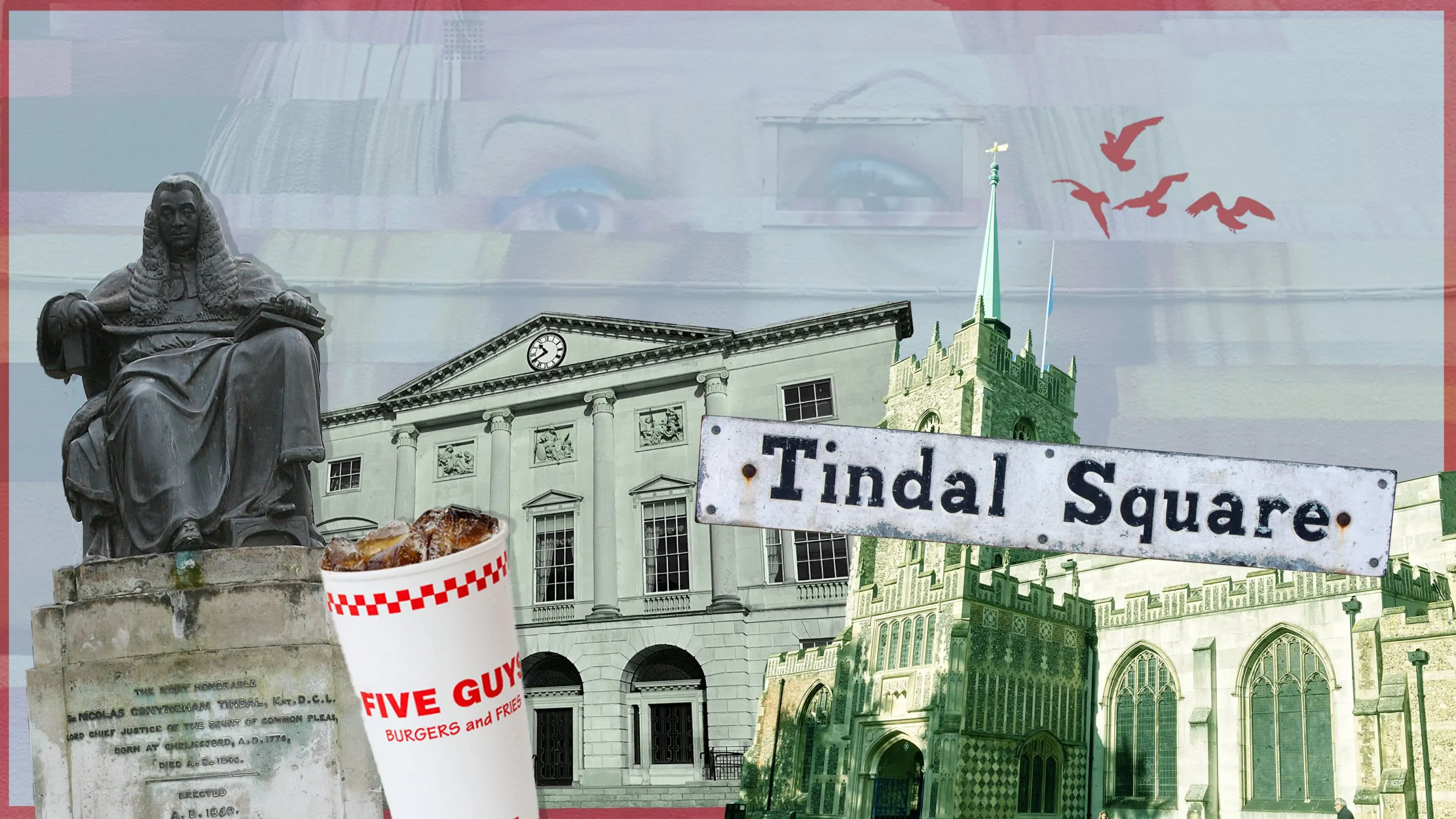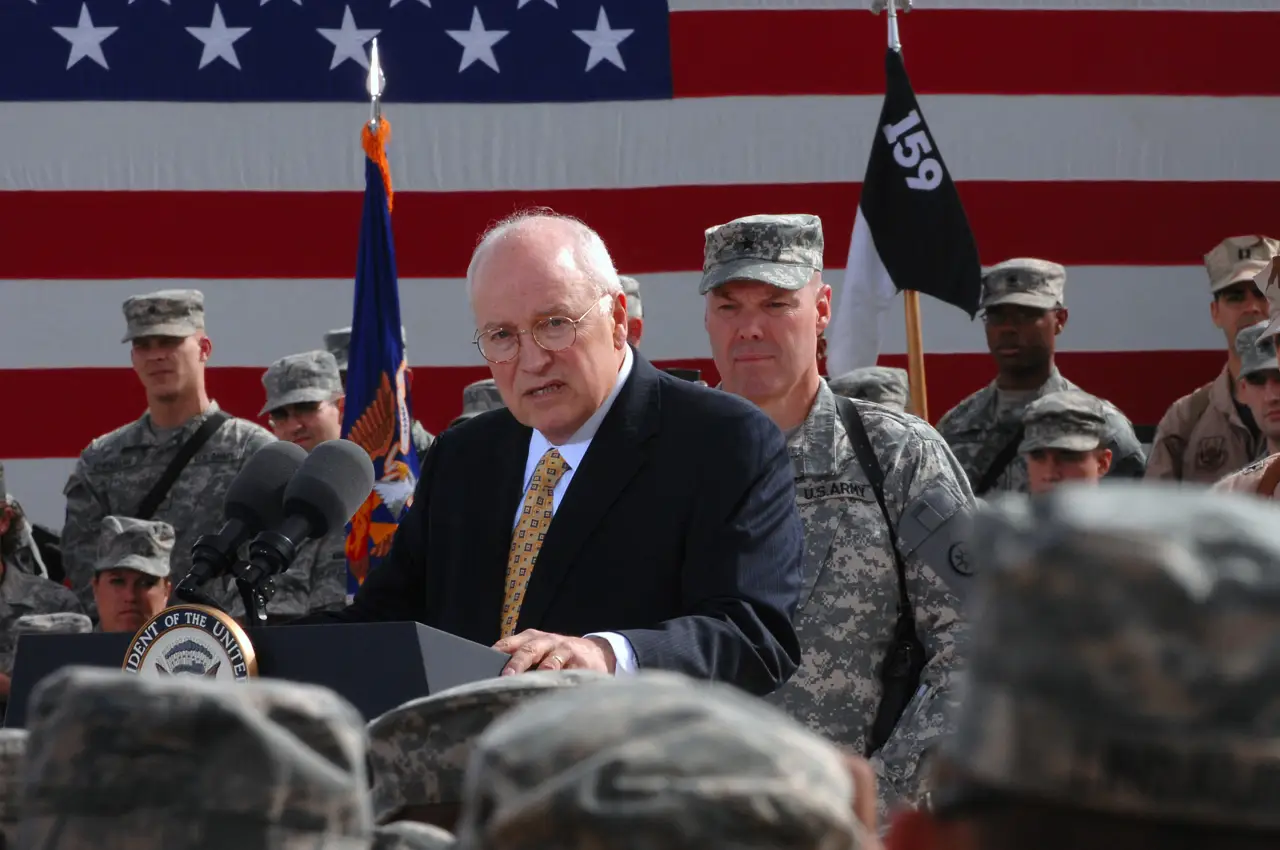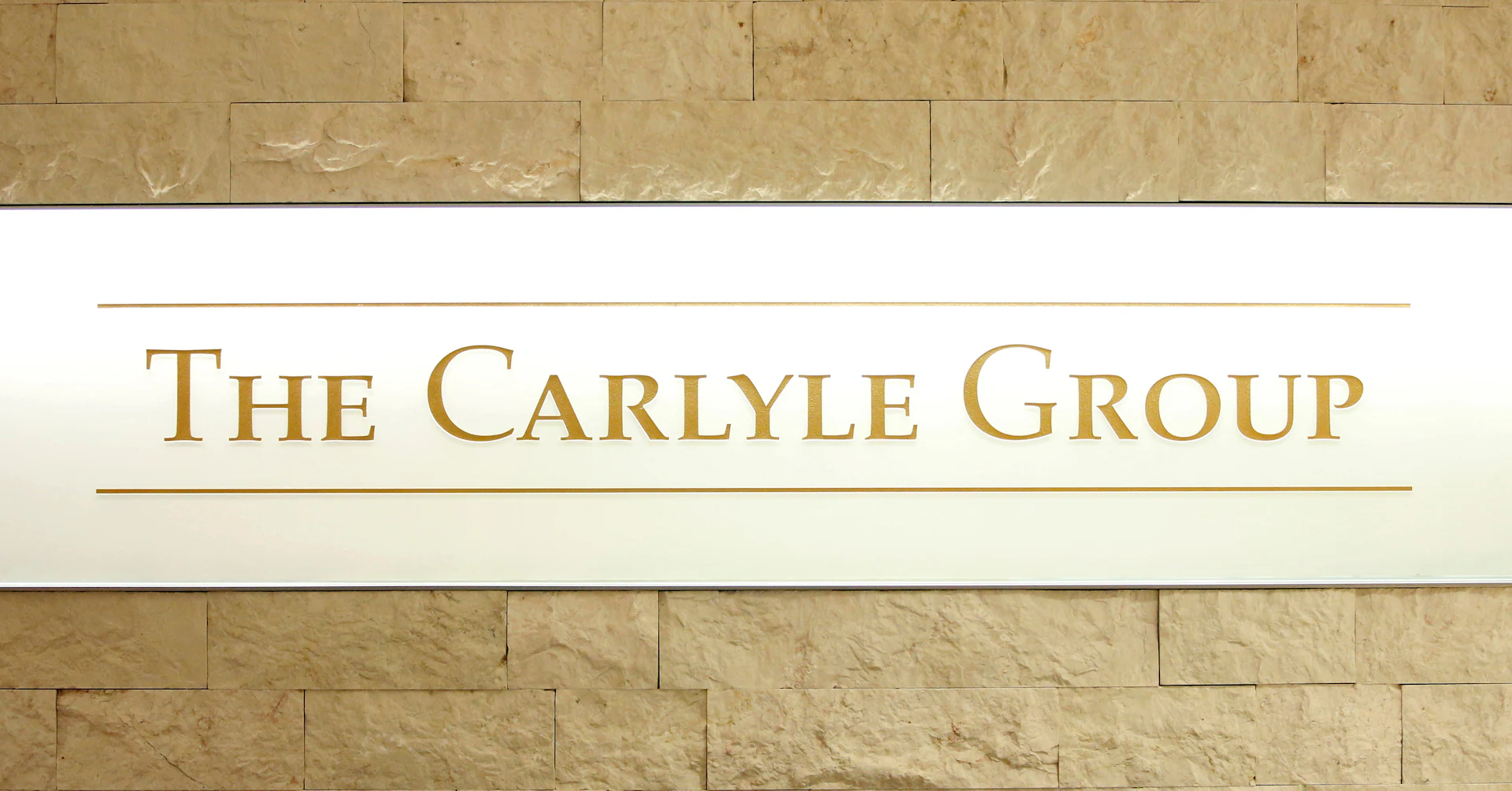Copyright The New York Times

Voters on Tuesday will deliver an early judgment on President Trump’s administration in the first set of coast-to-coast elections since he began his turbulent second term. Contests for mayor of New York, governor of New Jersey and Virginia, and a redistricting ballot measure in California have revolved to varying degrees around how the Democratic Party should rebuild itself and respond to Mr. Trump’s power play in Washington. The elections are predominantly in Democratic areas and battleground states, where the party’s candidates have sought to harness anger about Mr. Trump while deflecting discontent about the state of the Democratic brand. With the 2026 midterm elections set to decide control of Congress for the final two years of Mr. Trump’s term, both parties will look to Tuesday’s results to guide how they campaign for the next year. Zohran Mamdani, the 34-year-old State Assembly member who in eight months has transformed from a political unknown to one of the nation’s tentpole figures in Democratic politics, does not need a majority of the vote to become New York City’s mayor. But it sure would help his argument that the city is hungry for his progressive politics. The latest polling shows Mr. Mamdani with support from just under half of the city’s likely voters while holding a healthy lead over Andrew M. Cuomo, the former governor who is running as an independent after losing the Democratic primary, and Curtis Sliwa, the longtime civic gadfly running as the Republican nominee. Mr. Trump on Monday endorsed Mr. Cuomo, a nod that may not help the former governor, given that New York City last year backed Vice President Kamala Harris over Mr. Trump by 36 percentage points. A decisive, majority victory by Mr. Mamdani would provide an electoral mandate for the progressive vision he and his democratic socialist compatriots have supported for years. They have called for tax increases for the wealthy to subsidize transportation and social programs aimed at lowering the cost of living. Winning big would also help Mr. Mamdani and progressive Democrats fight the argument within their party that his brand is toxic for the sort of voters who are expected to decide congressional majorities in the midterms. New York City may have little in common with the suburban districts that will make up the political battlefields in 2026, and Republicans have already begun to try to make Mr. Mamdani the face of the Democratic Party and yoke him to candidates elsewhere. His margin on Tuesday may determine how much the party outside New York embraces him going forward. Will New Jersey and Virginia provide a rebuke to Trump? Every four years, a year after the presidential election, voters in New Jersey and Virginia offer a test of how the newly elected president is doing. Recent history says they tend to not like what they see. Only once since the Nixon administration have Virginians picked a governor of the same party as the president. And New Jersey, a reliably Democratic state in presidential races since 1992, elected Chris Christie a year into Barack Obama’s first term and nearly ousted Gov. Philip D. Murphy four years ago. Polls show that the ballot measure authorizing new maps is likely to pass, and Mr. Newsom has taken victory laps in the form of telling liberal donors to stop giving money. The question may be how many more blue states will answer the governor’s August call that “blue states need to stand up.” Last week, Virginia Democrats voted to take the first step toward a spring redraw that could flip a few of the state’s five Republican seats. There are moves afoot in Illinois, Maryland and New York, though the degrees of difficulty vary by state. The margin in California’s ballot measure — which owing to the state’s slow counting of votes may not be known for days or weeks — will serve as a test of how much blue-state voters want to engage in the extraordinary mid-decade redistricting battle Mr. Trump instigated. The answer will certainly be heard by Democratic legislators in states still weighing their options. Will the Trump administration intervene at polling sites? Democrats like Gov. JB Pritzker of Illinois have warned that Mr. Trump could send troops to polling places to intimidate voters. Gov. Gavin Newsom of California floated the idea, disputed by ICE, that immigration agents might show up at precincts on Election Day. The Justice Department has said it will send election monitors to California and New Jersey. As much as Tuesday’s elections are a dry run for the midterms politically, they may also serve as a test for how a federal government bent on serving the president’s political desires might work to tilt elections in his favor. Of course, recent voting patterns have shown that Democrats are far more likely than Republicans to vote early or by mail, so a broad effort by the federal government to scare Election Day voters could backfire — though it seems unlikely to take place in deeply Republican areas. Who will control the Pennsylvania Supreme Court for 2028? Three justices who ran with the backing of Democrats are up for retention in Pennsylvania in an election that will determine the balance of the State Supreme Court through 2028 in the biggest swing state in the nation. The state court has a 5-to-2 Democratic lean, and it has decided some major election-related cases in recent years. In 2022, it upheld the state’s mail-in voting law. In 2020, the Democratic justices ruled that ballot drop boxes were permitted in the state. And in 2018, the court ruled that the state’s congressional district map was a partisan gerrymander that “clearly, plainly and palpably” violated the state’s Constitution. But the election in Pennsylvania, known as a retention election, is a bit quirky. The justices — Kevin M. Dougherty, Christine Donohue and David N. Wecht — campaign on their own, but they’re confined to discussing only their judicial philosophy, and they cannot make political pledges or discuss cases before the court. And there are no opponents. Instead, voters in Pennsylvania simply vote “yes” or “no” on whether to retain the justices for 10 more years. If the justices are not retained, Gov. Josh Shapiro, a Democrat, would nominate their replacement, but they would have to be approved by the State Senate, which Republicans control. This could mean that the court remains deadlocked at 2-to-2 until 2027, when the three seats would again come up for election. That scenario would leave Democrats without a critical check on election litigation during the midterms, when Pennsylvania will host a key governor’s race and several close congressional elections. Will the progressives prevail in other races for mayor? Along with New York, a host of major cities will elect mayors on Tuesday. Incumbents are expected to coast to re-election in Atlanta, Boston, Cincinnati, Pittsburgh and Charlotte, N.C. New mayors will be elected in Detroit, Buffalo and Jersey City, N.J., where former Gov. Jim McGreevey is vying to make a Cuomo-like return to public office.



